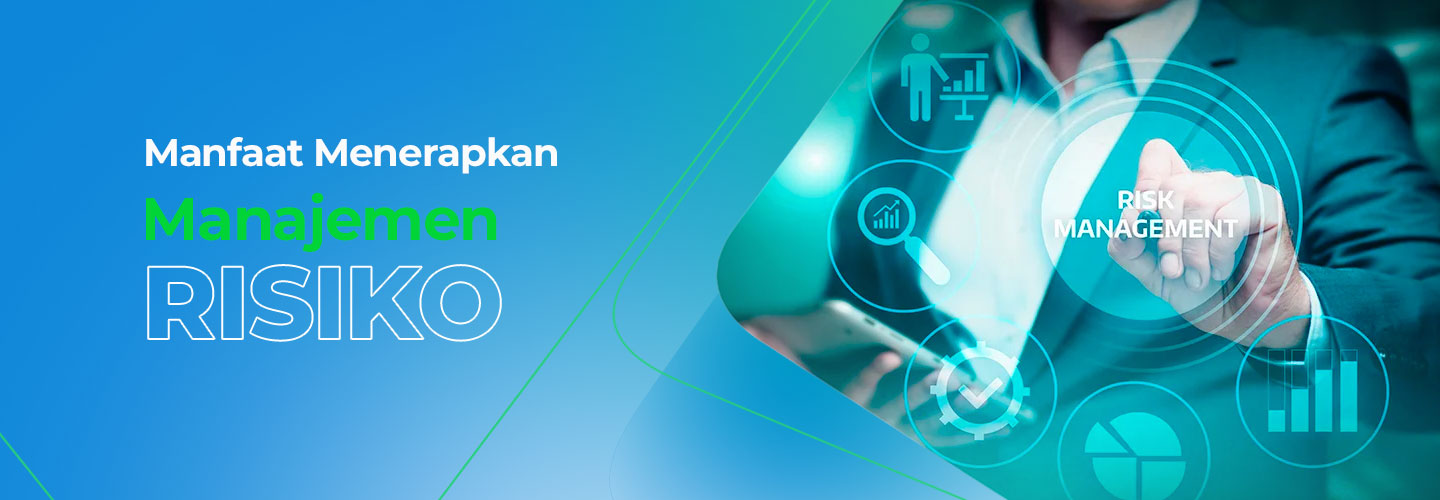Benefits of Applying Risk Management Principles

In order to maintain the continuity and smoothness of a business over a long period of time, a thorough risk management plan is needed. Good risk management will help protect your company's resources, reputation or brand image, and employees.
Each business or company communicates risk differently and has a culture and protocol for managing risk management in accordance with their respective policies. When carrying out risk planning, the risk management process must align and integrate a company's internal and external interests.
Risk management is not only about overcoming or resolving problems. An important part of risk management is having a strategy to avoid, manage and recover from a risk or problem that will be faced. The following are risk management principles that you can use when you want to integrate a risk plan into your company or business.
Make Sure to Identify Risks Early
This is the most important risk management principle. Make sure you know and understand the risks that your company may experience. Assessing and knowing the various risks that can occur is a wise step that should be taken before starting your business or program.
Identifying the causes of risks, then designing preventive or prevention actions and responses that will be carried out if the risk occurs. After the risk has been identified and the cause is known, the size of the risk also needs to be measured so that the response taken will be right on target.
Factors In Business or Company Goals and Objectives
Make sure your risk management plan aligns with your overall business goals and objectives. If you have succeeded in seeing the risks that could occur, the next step is to identify the impact on the company, both in terms of finances and reputation.
Each company will have different outcomes and priorities according to their individual needs and desires, and these need to be integrated into the risk management plan. Risk strategies must be consistent with overall company goals and culture.
Managing Risk According to Circumstances
Circumstances are very important when considering risk, because each company has a different level of tolerance in dealing with risk. Various factors such as politics, technology, law, and society will affect a company and industry differently.
Each organization has a different way of communicating risk management. This is what makes it important for the risk management process to be integrated with internal and external conditions when carrying out risk planning.
Involving Stakeholders
When you carry out risk planning, it is important to call and involve parties whose expertise is relevant to being involved in your business, as well as experts within your company who can provide advice for risk planning.
Throughout the risk management process, stakeholders must be involved in the decision-making process. By leveraging stakeholders for risk planning, you will identify and gain insight into potential risks that you may not have discovered or considered before.
Ensure Clear Responsibilities and Roles
While the risk management plan may be owned by a single individual, such as program management or a change manager, its risk management practices must be executed with transparency and visibility. Everyone must know the role they play in reducing risk and responsibilities must be clear and inclusive during the risk management process.
Give space for others to express their opinions to be heard and encourage them with questions that lead to discussion. The more people who participate, the more risks can be managed creatively and effectively.
Everyone in your business or company must be dynamic, flexible and responsive. Each individual must be empowered to face risks according to their respective abilities.
Create a Risk Review Cycle
Once you have identified risks and created a risk management plan or strategy, it is important to continue to form a mentality. At each step in the process, all risks must be evaluated and any interventions or preventive measures implemented if necessary.
You can keep everyone in the loop by reporting risks and communicating any changes that occur with stakeholders in a timely manner. With this, you may be able to jump in and address any issues that arise before they come to fruition.
Strive for Improvement
It is important to review existing risk management plans, and look for room for improvement. Always strive to adapt the way you manage risk and take these learnings into your next business.
The seven risk management principles above can be the main reference in planning and determining the forms of risk that you may experience. Preventive measures and ways to overcome existing risks can also be discussed before starting your business. This will of course add value to your company, positive development, and prepare for all possible possibilities for the smooth running of the business.

